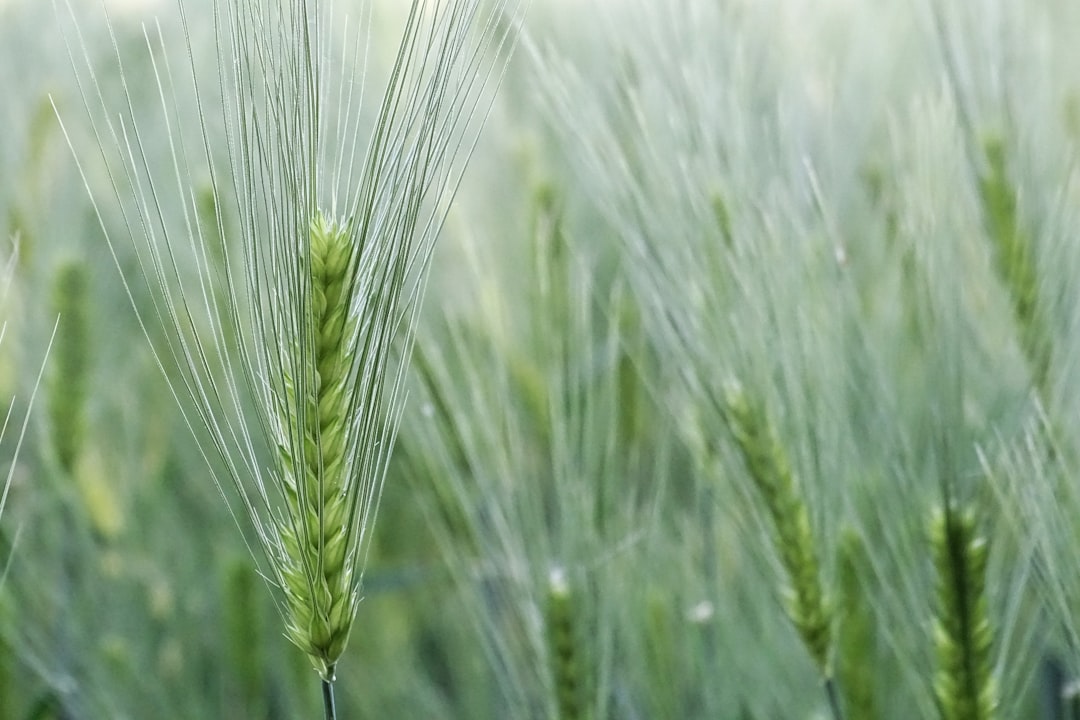Starting seeds at home is an exciting and rewarding endeavor that allows gardeners to cultivate a wide variety of plants, from vegetables and herbs to flowers and trees. However, to ensure strong, healthy seedlings, it is essential to have the right supplies. This guide explores the key trays, pots, and growing media needed for successful seed starting, with recommendations tailored to different climates and regions worldwide.
Seed Trays and Pots: Choosing the Right Containers
1. Seed Trays
Seed trays are a popular choice for starting seeds because they provide a uniform environment that maximizes space and promotes efficient germination. They come in various sizes and materials, including plastic, biodegradable fiber, and even recycled paper. Some common options include:
- Plastic Cell Trays: Durable, reusable, and available in multiple cell sizes to suit different seed types.
- Biodegradable Trays: Made from materials like coconut coir, peat, or compressed paper, these are ideal for eco-conscious gardeners as they can be planted directly into the soil.
- Modular Trays: Offer individual cells that can be removed, making transplanting easier.
2. Pots and Containers
For larger seeds or plants that require more growing space before transplanting, individual pots may be a better choice. Options include:
- Peat or Coir Pots: Biodegradable and help reduce transplant shock.
- Plastic or Ceramic Pots: Reusable and available in various sizes.
- Repurposed Containers: Yogurt cups, egg cartons, and other household items can be upcycled for seed starting.
Growing Media: The Foundation for Healthy Seedlings
Choosing the right growing medium is crucial for seed germination and seedling growth. Different regions and climates may require specific soil amendments or substitutes. Here are the best options:
1. Soilless Mixes
Many seed-starting mixes are soilless, ensuring they are light, well-draining, and free from pathogens. Common ingredients include:
- Coconut Coir: Sustainable and retains moisture well.
- Peat Moss: Lightweight and excellent for water retention, though less sustainable than coir.
- Perlite and Vermiculite: Improve aeration and drainage.
2. Compost-Based Mixes
In some regions, especially where organic gardening is emphasized, compost-based seed-starting mixes are favored. These include:
- Sifted Compost: Provides nutrients but should be mixed with lighter materials to improve drainage.
- Loamy Soil Mixes: Often blended with sand or perlite for improved structure.
3. Hydroponic and Alternative Media
For those practicing soilless gardening or living in urban environments with limited space, alternative growing media include:
- Rockwool Cubes: Common in hydroponic setups.
- Perlite/Vermiculite Mix: Suitable for hydroponic and semi-hydroponic gardening.
Additional Supplies for Successful Seed Starting
- Humidity Domes: Help maintain consistent moisture levels for germination.
- Heat Mats: Essential for seeds requiring warm soil temperatures.
- Grow Lights: Provide adequate light for strong growth, especially in low-light environments.
- Labels and Markers: Keep track of different plant varieties.
- Watering Tools: A fine mist sprayer or bottom-watering tray helps avoid disturbing delicate seedlings.
Conclusion
Whether you're gardening in a tropical climate, an arid desert, or a temperate zone, choosing the right trays, pots, and growing media is essential for successful seed starting. By selecting the best materials suited to your environment and sustainability preferences, you can nurture healthy seedlings that will thrive once transplanted into the garden.

Comments
No comments yet. Be the first to comment!
You must be logged in to comment. Login